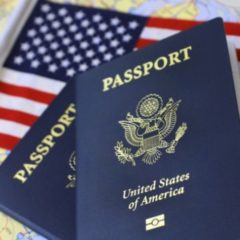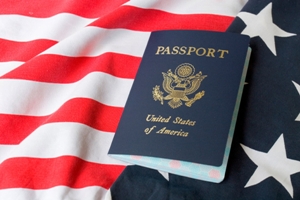The United States has become a second home for many immigrants. They adapted to a new, in many ways unusual life, found housing, work, and everything necessary to live in a new country. However, many immigrants want to move some relatives to the United States. How is this possible? Green card holders who reside in the United States can petition certain family members to relocate them permanently.
There are three categories of relatives to which this rule applies:
- wife or husband;
- unmarried and unmarried children under 21;
- an unmarried son or daughter of any age.
Therefore, only the closest relatives can be transported in this way.
In order to receive a green card for a family member, you must:
- fill out the I-130 form – a petition addressed to a relative who is a citizen of another country;
- provide proof of the status for which you reside in the United States;
- provide documents confirming your relationship. For example, a birth certificate, a marriage certificate, a court decision on divorce, and so on;
- Provide details of the name change you or the person you are petitioning.
If you or a family member is serving in the US military, there may be special petition rules for you.
In addition, there are certain categories of immigration preferences:
- 1: Unmarried adult son or unmarried adult daughter (21 years of age or older) of US citizens;
- 2A: Wives or husbands of green card holders, as well as their unmarried/unmarried children under 21;
- 2B: Unmarried/unmarried adult children (21 years of age and older) of green card holders;
- 3: Married sons and married daughters of US citizens of any age;
- 4: Siblings of adult US citizens (21 years of age and older).
In this case, the petitioned relative receives a visa to the United States in accordance with the so-called priority date – the filing date of Form I-130.
That being said, if your relative is already in the United States legally, he or she can apply for resident status after the visa number is obtained. To do this, you must fill out a form I-485.
If your relative is from outside the United States, your petition will be sent to the National Visa Application Center (NVC). In return, NVC will forward your petition to the appropriate consulate when the visa is ready. Your relative will then receive instructions on what to do next.
Once you have completed the petition for your family member, you can track the progress of the application. The processing time usually depends on the category of immigration preferences that you choose.
It should be borne in mind that the I-130 petition is only used to confirm a relationship with a person who is a relative of a US citizen or green cardholder. However, a confirmed petition does not provide any guarantees, except for the provision of a place for the examination of a visa application from a person who is a citizen of a foreign state.







